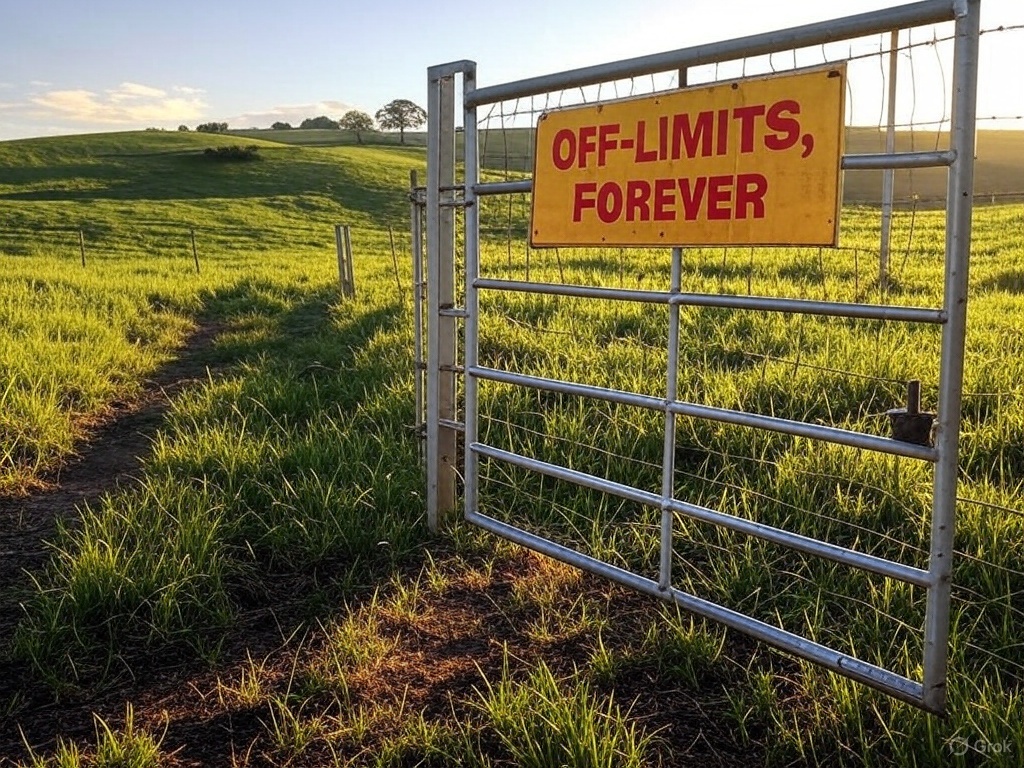Amy Joi O’Donoghue for the Deseret News
Interior approves final management plans for Bears Ears, Grand Staircase
SALT LAKE CITY — The U.S. Department of Interior approved final management plans for the Bears Ears and Grand Staircase-Escalante areas on Thursday, a move critics say will open former monument lands to drilling, mining and other industry activity but one praised by top Utah politicians that it rightly restores multiple use of public lands.
Environmental groups complained the Trump administration should have waited for the outcome of lawsuits challenging the monument reductions made by President Donald Trump in 2017, but an Interior Department official said that wasn’t practical.
Casey Hammond, Interior’s acting assistant secretary for land and minerals management, said if the agency had to wait to act until litigation was settled, “we would never be able to do much of anything around here.”
The plans impacting lands in the Grand Staircase region eliminate grazing along the Escalante River but do allow for minerals extraction in former monument lands. Grazing was also eliminated in some regions of the former Bears Ears monument, now named Shash Jaa, including Butler Wash and Comb Wash. The Bears Ears documents are available on the Interior’s e-planning website.
The new plans for Grand Staircase and the Kanab Escalante Planning Area are also available.
Hammond, in a morning teleconference, said despite assertions to the contrary, there is little interest by industry in oil and gas development in the regions, and the final management plans do nothing to change the status of the federal lands, which won’t be “sold off.”
“Any suggestion these lands and resources will be adversely impacted by being excluded from monument status is certainly not true,” he said. “There’s very little interest in mineral development on these lands.”
The new plans drew praise from some of Utah’s top elected officials, including Gov. Gary Herbert.
“As the Antiquities Act itself states, and as I have reiterated for years, monuments should be as small as possible to protect artifacts and cultural resources,” he said. “And they should not be created over the objections of local communities. I’m happy to see the administration develop management plans that protect areas with sensitive artifacts and yet still provide a way to use these lands for recreation, grazing and management practices that will keep the lands healthy.”
Rep.Chris Stewart, R-Utah, had similar praise.
“When President Trump reduced the size of both Bear’s Ears and Grand Staircase-Escalante national monuments, he did it with the full support of Utah’s federal delegation and the elected officials who represent those areas,” Stewart said. “By contrast, the Obama and Clinton administrations snubbed and ignored Utah’s local, state and federal elected officials who objected to the creation of both monuments. Thanks to this administration’s attitude toward local input, these new plans will benefit Utahns.”
But environmental groups blasted the plans.



